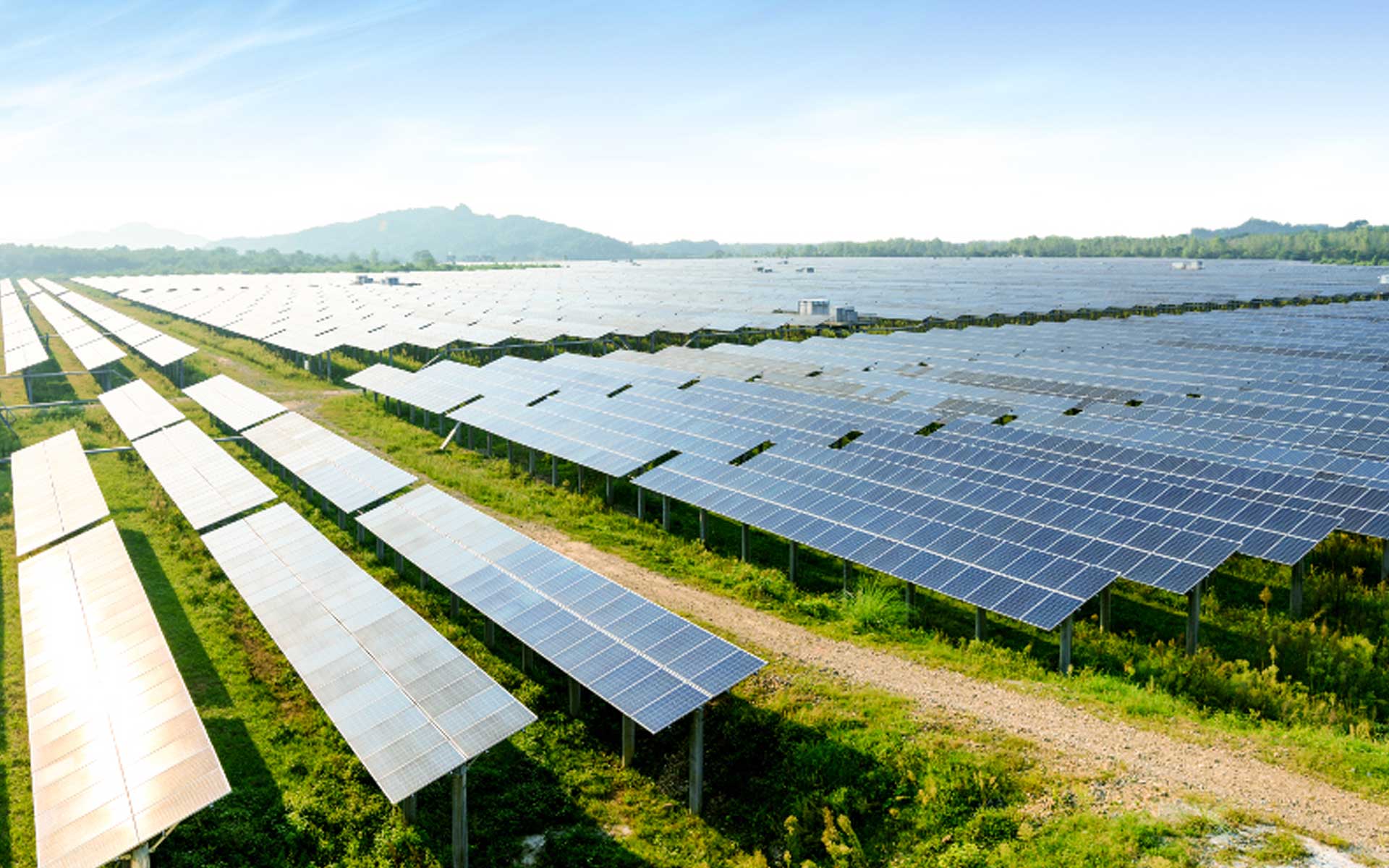Australian Bushfires are result of climate Change
The worst wildfires seen in our lifetime have devastated the South East coast of Australia.
The fires claimed dozens of lives, destroyed hundreds of homes, and part of Australia’s coastline will never be the same again.
And now, researchers have found that human-caused climate change had an impact on the devastating wildfires, making the extremely high-risk conditions that led to widespread burning at least 30 percent more likely than in a world without global warming.
The researchers said the full influence of climate change on the fires was probably much greater, but that climate simulations, which form the basis of this type of study, underestimate trends in extreme heat in Australia compared with real-world observational data.
How bad was it?
To put these fires and their devastating effects into perspective, by the time we were finishing out 2019, they had burned through an area larger than Switzerland. By the first week in 2020, that area has doubled to an area the size of the island of Ireland.
What causes these fires?
Because Wildfires are quite rare in this side of the world, it can be difficult for us to understand the causes or reasons behind what are unfortunately a fact of life on our earth’s driest inhabited continent. The happen every year, but so far, we have seen nothing on this scale.
What surprises most of us of course is that arson has often been a factor. In 1939, bushfires on 13 January, thought to be deliberately set, killed 71 people. That number of deaths was surpassed in 1983, when 75 people lost their lives on Ash Wednesday; again, arson was believed to have played a role.
In 2009, on “Black Saturday”, 400 fires killed 178 people. This time the firestarter was caught and jailed.
But the causes of these fires are not as straightforward as all that. One of the major factors in many of Australia’s fires has been the Eucalyptus tree. The eucalyptus has been identified as a key contributor to uncontrolled blazes. The leaves of the tree produce highly combustible oils, and do not easily decompose, enabling fire to spread rapidly up in the canopy and on the ground. It is why we also see these types of wildfires in California too and in more recent years (because of reforestation programmes), Portugal.
Many governments insist that controlled burns are essential, in order to destroy “fuel loads”, such as dead trees and grass, fallen branches and thick undergrowth, which a wildfire might otherwise consume in order to spread.
Is Global warming involved?
The global average temperature of our planet has increased by 0.8C since 1880, but this is not evenly distributed – it is worse the closer to the poles you get. The increase in Australia (since 1910) has been more than 1C, and this is leading to an increase in the frequency of extreme heat events, such as the record-breaking temperatures we saw in Australian in December.
On December 17th a record national average of 40.9C was measured. Just one day later, that record was smashed when the mercury hit 41.9C.
And so, record warmth and dryness during the year led to an estimated 50 million acres burned, including more than 16 million acres in the southeastern part of the country, which was most affected. All told, at least 34 people were killed and nearly 6,000 homes and other structures were destroyed.
Stefan Doerr, Professor of Wildland Fire Science at Swansea University tells us that “Wildfires now burn more frequently, and the average annual area burned has more than doubled since the 1960s”, he says. “The current rate, extent and severity of fires is beyond anything the ecosystem has evolved with”.
More than a decade ago, the Intergovernmental Panel on Climate Change (an endorsed by many subsequent reports) warned that climate change was almost certain to increase the intensity and frequency of fires.
We are seeing an increase in the size and intensity of fires in forested areas (as we have already noted in Alaska and Canada). And they are spreading ever faster, as seen in Portugal in 2017, California in 2018 and south eastern Australia now.
Andrew Cunningham Scott explains that this is partly because we are seeing more droughts, which cause the fire season to start earlier, and – as vegetation is drier – this causes fires to become larger and more intense.
Whatever the various factors or initial causes of these fires, it is certain that they are becoming more frequent and more ferocious with each passing decade.
Our thoughts are with the people of Australia at this time and we hope that they can find ways to cope in these very difficult times.
(Header image courtesy of Aljazeera.com SAEED KHAN/AFP)





